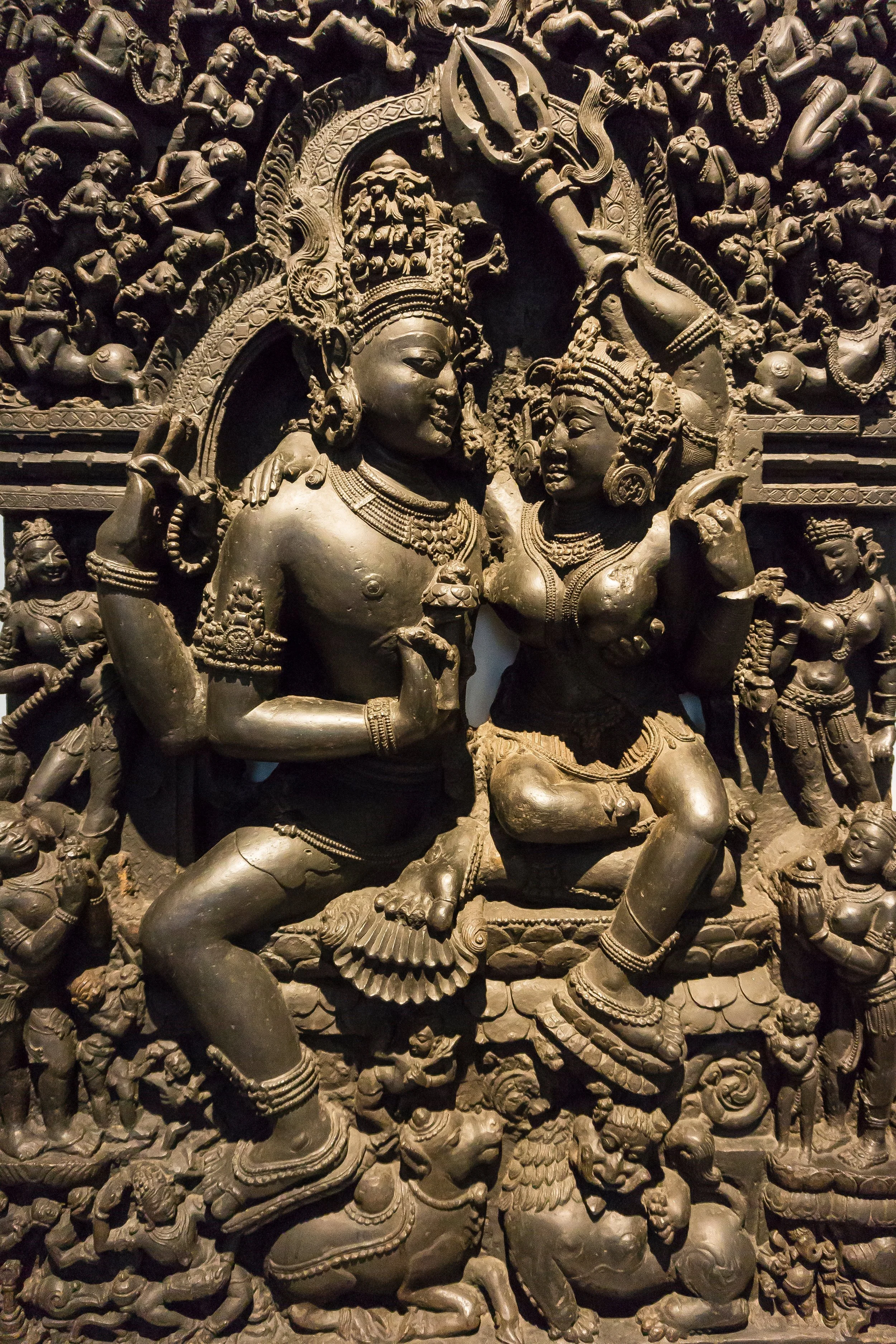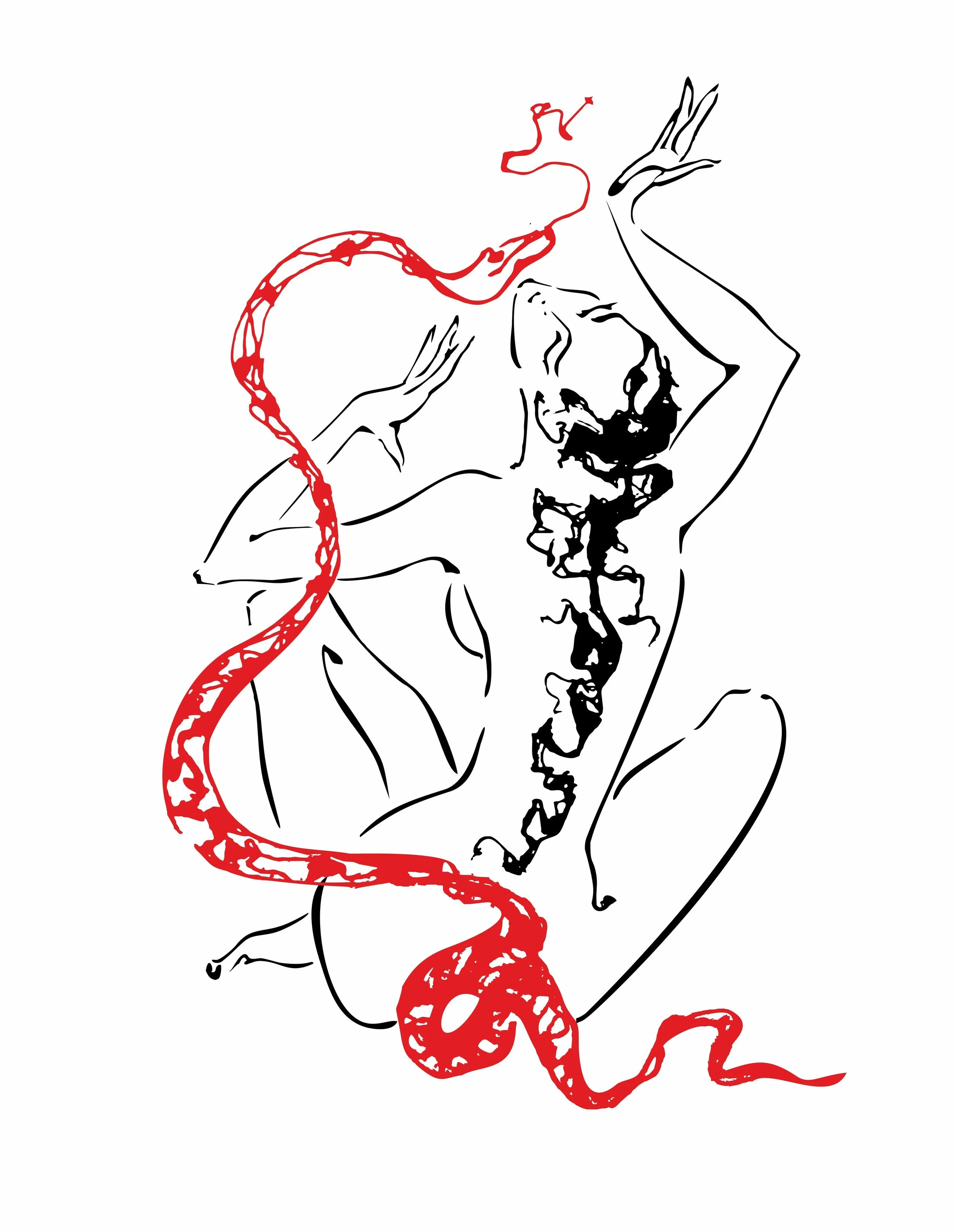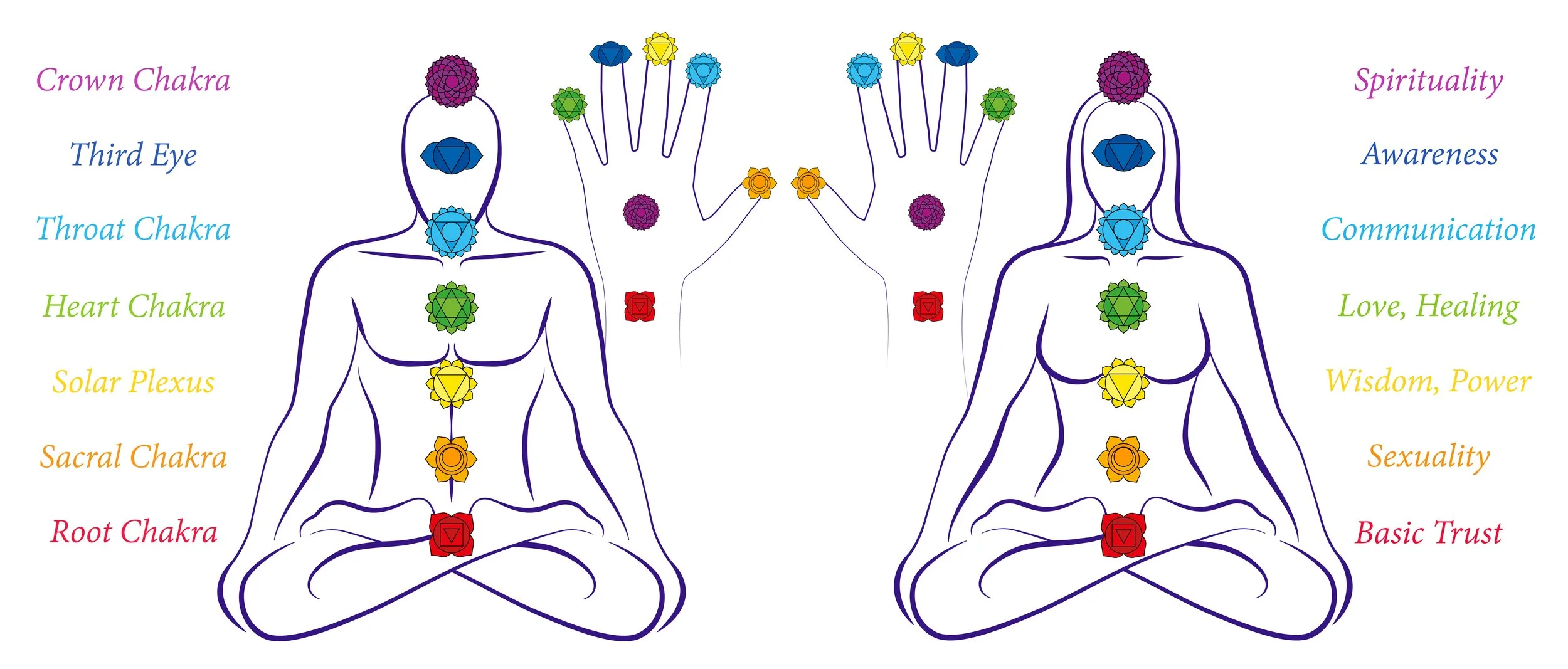IN THIS LESSON
Understand the ancient roots of Tantra and how it has evolved in modern times. Learn how Tantra goes beyond the physical, focusing on energy, spiritual connection, and self-awareness.
tantra: Origins and Key Philosophies
Origin of Tantra:
Tantra is an ancient spiritual system that originated in India and later spread to Tibet, Nepal, and other parts of Asia. The term "Tantra" comes from the Sanskrit word “tan,” meaning “to weave” or “to expand.” It refers to teachings and practices that aim to expand the mind, body, and spirit by integrating all aspects of human experience.
The origins of Tantra are deeply rooted in the early Vedic traditions, though Tantra diverges in its approach by incorporating more direct practices of spiritual awakening, especially through energy, rituals, and sacred sexuality. Unlike the more ascetic and renunciatory practices of some other spiritual paths, Tantra embraces the physical world and encourages practitioners to live fully and with awareness.
Key Philosophies of Tantra:
Unity and Oneness: Tantra views the universe as a unified whole, where everything is interconnected. The ultimate goal is to experience this oneness — that everything is divinely interconnected. The relationship between the individual soul (Atman) and the universal soul (Brahman) is central in Tantric philosophy.
Sacredness of Life: Tantra does not separate the sacred from the mundane. Everything in life — from daily routines to sensual experiences — is seen as sacred and an opportunity to experience the divine. Tantra is about bringing awareness to all aspects of life.
Balance of Shakti and Shiva:
In Tantric teachings, Shakti represents the divine feminine energy, the creative, receptive, and transformative force. Shiva represents the divine masculine, the consciousness, and the stillness in which Shakti moves. Tantra teaches that when these two energies come together in perfect balance, spiritual awakening and deep transformation can occur.
Tantra as a Spiritual Practice, Not Just a Sexual One
Beyond Sexuality:
While Tantra has become popularly known in the West for its connection to sexual energy, it is much more than that. Tantra is primarily a spiritual practice that encompasses the entire spectrum of human experience. It is a path of self-realization, meditation, breathwork, mantra chanting, and energy work, all with the purpose of awakening the inner divine and achieving unity with the universe.
Tantric practices involve rituals, meditations, and mindfulness that integrate the body, mind, and spirit, aiming to expand awareness and elevate consciousness. The practice seeks to dissolve the illusion of separation, fostering a deep sense of interconnectedness with the self, others, and the universe.
Tantra in Everyday Life:
Tantric teachings encourage the practitioner to bring sacredness to every action. Every moment, whether mundane or extraordinary, can become a spiritual practice. Eating, working, walking, or having relationships — all of these can become moments of conscious connection when viewed through the Tantric lens. Tantra invites us to experience the divine in all that we do.
Sacred Sexuality:
Tantra acknowledges that sexuality is a powerful force that, when experienced with awareness, can be transformative and spiritual. While sexual practices are indeed an aspect of Tantra, they are seen as part of a larger journey toward unity and personal enlightenment. Tantra teaches that sexual energy is a gateway to accessing higher states of consciousness, but it is only one aspect of the holistic Tantric experience.
How Tantra Enhances Self-Awareness and Personal Transformation
Awareness as the Key to Transformation:
Tantra teaches that self-awareness is the foundation of personal transformation. By practicing mindfulness and cultivating a deeper awareness of our thoughts, emotions, and energy, we begin to dissolve limiting beliefs and patterns that have kept us disconnected from our authentic selves.
Body Awareness:
Tantra emphasizes tuning into the sensations of the body as a way of awakening and expanding self-awareness. Practitioners learn to observe physical sensations without judgment, allowing them to process emotions and release energy blockages.Emotional Awareness:
Tantra encourages emotional exploration and processing. By becoming more aware of how emotions move through us, we learn to navigate them with greater ease and understanding. This awareness leads to emotional healing and more authentic relationships.
Personal Transformation Through Energy and Consciousness:
As we work with energy, our consciousness naturally expands. In Tantra, we transform by releasing energetic blockages and learning to channel our energy toward healing, creativity, and spiritual growth. The practice helps us step into our true power by aligning our energy with the divine, creating positive changes in our lives, relationships, and our own sense of purpose.
Awakening the Divine Feminine and Masculine:
Tantra teaches us to honor both the feminine (Shakti) and masculine (Shiva) aspects of our being, creating a sense of balance and wholeness. Personal transformation occurs as we integrate both energies, allowing for a fuller expression of our authentic self.Living Authentically:
As Tantra encourages self-awareness, it naturally leads to living a more authentic life. By embracing our true nature, we can shed societal conditioning and step into a life that is aligned with our deepest desires, values, and spiritual path.
The Importance of Energy and Consciousness in Tantra
Energy in Tantra:
One of the central aspects of Tantra is the understanding and manipulation of energy. Tantric teachings assert that everything in the universe is made of energy — from our thoughts and emotions to the physical world around us. This energy flows through everything, and learning to direct and balance this energy is key to spiritual growth.
Prana (Life Force): In Tantric philosophy, the vital energy that flows through the body is known as Prana. This is similar to the concept of "chi" in Chinese medicine or "ki" in Japanese traditions. Tantra teaches us how to cultivate, circulate, and elevate this energy through practices such as breathwork, meditation, and sacred rituals.
Chakras and Energy Flow:
Tantra emphasizes the chakra system (energy centers) in the body. Each chakra is a focal point for specific energies and is connected to various aspects of our being — physical, emotional, mental, and spiritual. Tantra uses practices to cleanse, open, and balance these chakras to create a harmonious flow of energy throughout the body, enhancing vitality and consciousness.
Consciousness in Tantra:
Tantra is deeply concerned with expanding consciousness and achieving states of heightened awareness. In this practice, the conscious mind is seen as the gateway to higher states of being. By learning to observe and direct the flow of energy within the body, we can elevate our state of consciousness and connect with our higher self or the divine.
Presence:
A Tantric practitioner learns to be fully present in each moment, engaging with life without distraction or ego interference. This heightened presence allows for a deeper connection with oneself, others, and the universe.Awakening Kundalini Energy:
Kundalini energy is often described as the dormant spiritual energy coiled at the base of the spine. In Tantra, this energy is awakened through specific practices, such as breathwork, meditation, and sacred rituals. When awakened, Kundalini energy rises through the chakras, expanding consciousness and fostering deep spiritual awakening.
Conclusion:
Tantra is a holistic and profound practice that extends far beyond physical sexuality. It is a spiritual journey of awakening that integrates the body, mind, and spirit, empowering individuals to explore their true nature and their connection to the divine. By learning to work with energy, cultivate presence, and honor both the mundane and the sacred, Tantra offers the tools for deep personal transformation, spiritual growth, and self-awareness.
-
"Tantra: The Path of Ecstasy" by Georg Feuerstein
Why it’s helpful: Georg Feuerstein is a renowned scholar of yoga and Tantra. In this book, he explores the history, philosophy, and practices of Tantra in an accessible and comprehensive way, debunking myths and providing a clear understanding of Tantra as a spiritual path.
Key Concept: Feuerstein delves into the nature of Tantra as a tool for spiritual liberation and personal transformation, emphasizing the holistic approach of integrating body, mind, and spirit.
"Tantra for All: A New Approach to the Tantric Path" by Michael Roach
Why it’s helpful: This book presents Tantra as a universal spiritual practice that can be integrated into everyday life, regardless of background or religion. Roach’s approach emphasizes Tantra’s focus on self-awareness and spiritual connection.
Key Concept: It discusses how Tantra differs from other spiritual practices by emphasizing direct experience and personal growth over ritual or dogma.




